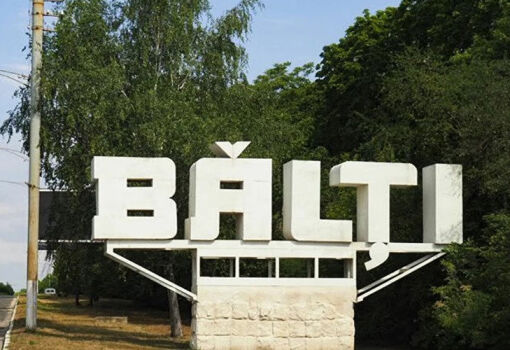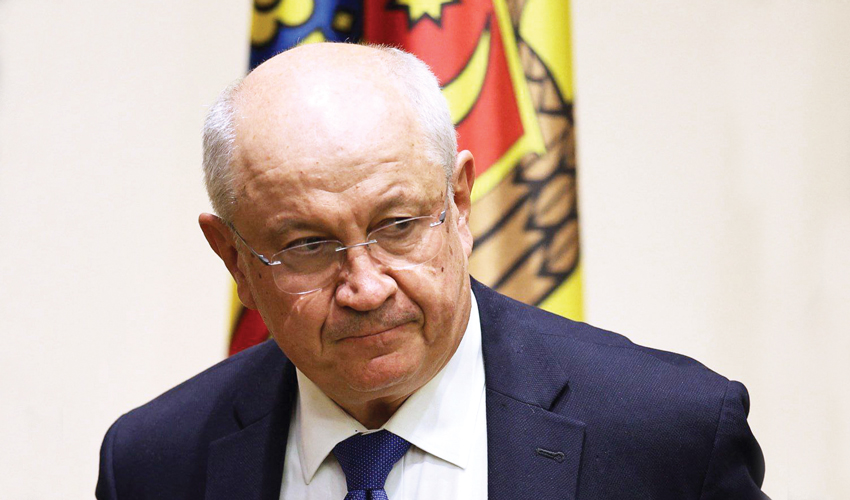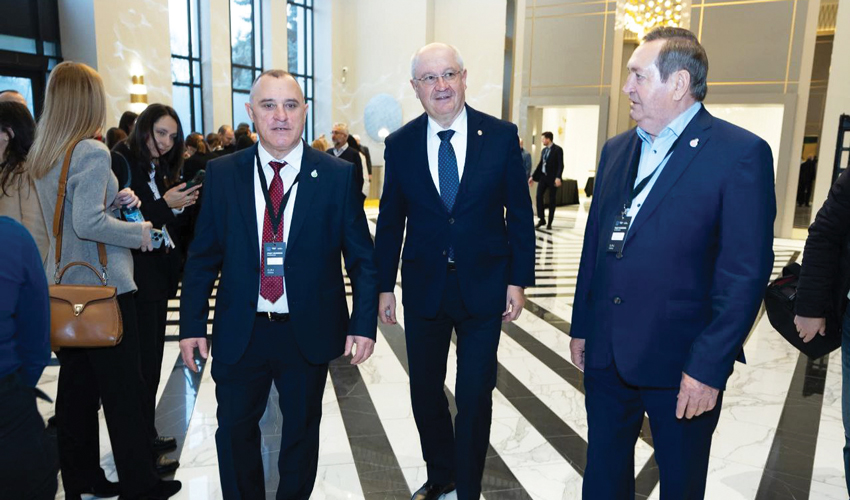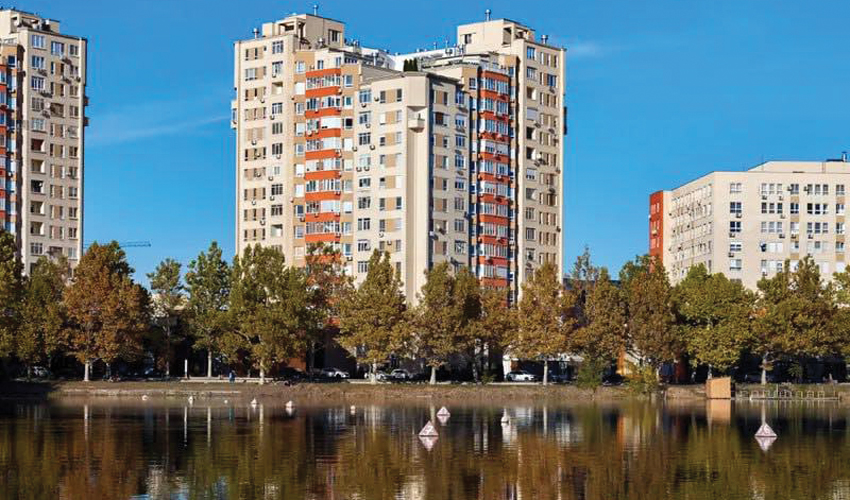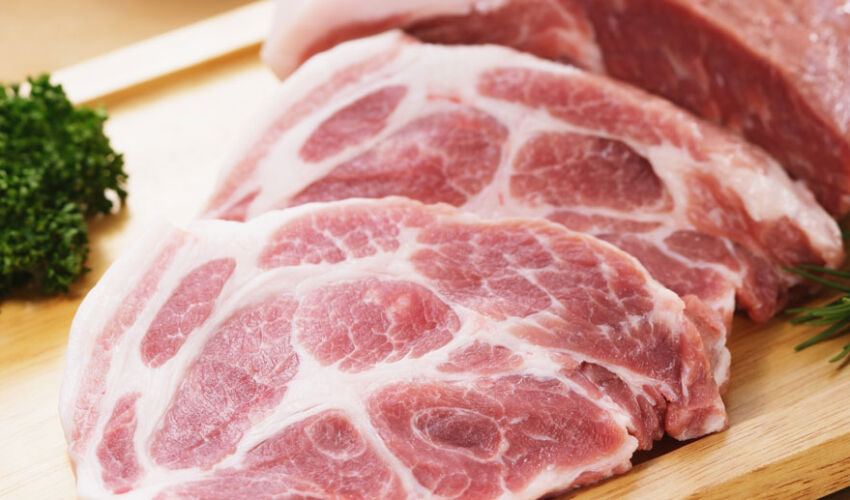
There has been an ‘elevated dialogue’ between these two related producers’ organizations in the Moldovan information space for several months. The initial reason for the contradictions is the outbreak of African swine fever on the two largest industrial pig farms in Moldova, which resulted in the destruction of about 120 thousand pigs and, as a result, the one-step disappearance of about 11 thousand pork from the Moldovan market of industrial meat raw materials.
The producers of meat products claim that in the medium term this is an almost irrecoverable loss. And they demand the elimination of customs duties on frozen pork until the period of recovery of the number of pigs on industrial farms. Pork producers claim that the situation is under control – at least, there are alternative options for supplying the Moldovan meat market ‘on their own’. Accordingly, there is no shortage of pork, and there is no reason to increase prices for this commodity, as well as for its processed products.
The MAIA Ministry of Agriculture and Food Industry and the Government of the Republic of Moldova periodically monitor the discussion. However, until recently, the actual actions of the authorities were limited to threats of inspections of market operators for cartels and raids on places of retail sales of pork, with revealed violations and fines. The problem of the conditions (tariff and non-tariff) of supply of pork to the Moldovan market is solved by itself, without significant administrative influence. The prices for meat and meat products at retail, as consumers are convinced by their experience, are meanwhile rising.
In the context of the above, let us consider the positions of the parties.
Position of the Association of Pork Producers of Moldova (APCPM) on recent developments in the pork sector
In connection with recent statements by representatives of the processing industry about the allegedly inevitable increase in pork prices, the Association of Pork Producers of Moldova (APCPM) explains that at present there is a sufficient amount of pork in the Republic of Moldova, and the allegations about its alleged shortage are unfounded.
The real problem is not a shortage of raw materials, but trade barriers caused by the lack of a stable partnership between producers and processors.
We note that the local value chain has the following economic impacts:
- Local producer slaughterhouses purchase live pigs for slaughter, supplying fresh meat to processors; this flow creates jobs and adds to the government budget.
- Farmers import ~25 kg piglets that they raise to slaughter weight, stimulating domestic demand for feed and rural employment.
- The supply chain involves other distribution companies – suppliers of feed and supplements, veterinary drugs, animal husbandry equipment and biosecurity products.
- All companies in this chain contribute directly to the state budget through VAT, excise taxes, profit tax and labor contributions.
If meat imports are exempted from duties, the local chain will lose the incentive to invest, and many companies and farms will be forced to go out of business.
We believe that as long as duty-free import quotas are in place, local pork producers sell their products below cost, incurring significant losses and limiting reinvestment in modernization and biosecurity.
Our tax documentation shows a decrease in the average carcass price in March 2025 (≈ 50 lei/kg) compared to the same month in 2024 (≈ 59 lei/kg) and 2023 (≈ 60 lei/kg).
In May 2025, the average is approximately 67.5 lei/kg, virtually unchanged from previous years (≈ 68 lei/kg).
The trend is repeated every year: a moderate seasonal peak is registered in April-May, after which the price returns to the annual average. APCPM emphasizes that the abolition of customs duties on meat imports will deprive the state budget of revenues, jeopardize farmers, abattoirs and distributors of raw materials, without guaranteeing lower prices for consumers.
Price evolution (lei/kg)
| Year |
Jan |
Feb | March | Apr | May | June | July | Aug | St. | Oct | Nov |
Dec |
| 2023 |
62 |
60 | 60 | 66 | 68 | 70 | 71 | 75 | 77 | 75 | 73 |
69 |
| 2024 |
64 |
60 | 59 | 61 | 65 | 68 | 70 | 70 | 70 | 70 | 66 |
62 |
| 2025 |
59 |
53 | 50 | 65 |
68 |
Eugen Salcucan: What kind of stable partnership do they have in mind if they insist on maintaining in the Republic of Moldova the highest pork prices in Europe?
Logos Press invited the chairman of the Patronage of Meat Processing Industries (PIIPC), Eugen Salcucan, to comment on the position of the Association of Moldovan Pork Producers (ARSM).
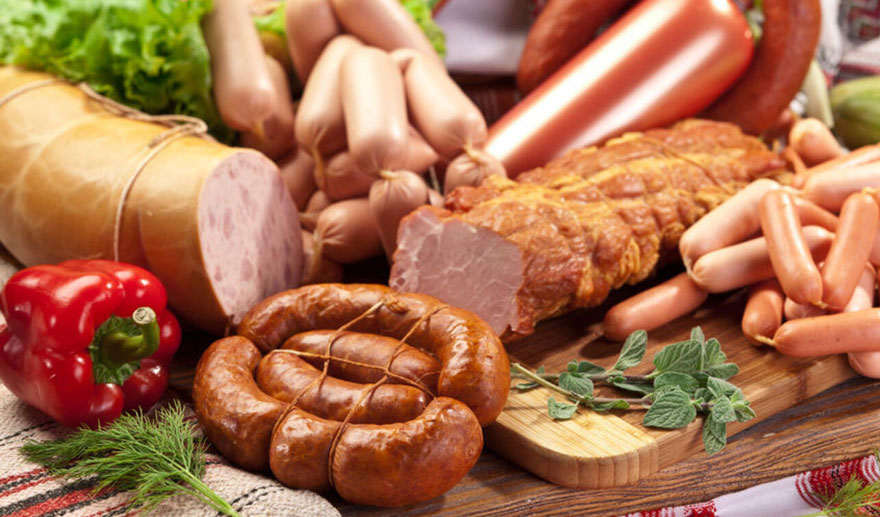
LP: – The data on wholesale prices for pork given in the statement of APCPM differ from the prices for this commodity, previously announced by the representatives of the PIIPC patronate. How do you comment on the discrepancies? Is someone misleading the public?
– In skillful hands, averages are tricky figures, similar to the “average temperature in the hospital”. They can be interpreted in favor of the interested party. The fact is that on the consumer market “fresh” wholesale price for pork can be one, and on the market of pork for industrial processing – quite different. At the same time, the role of significant suppliers of pork to the “fresh market” is often played by numerous small and medium-sized pig farms and farms, while processing companies – producers of sausages, meat delicacies and semi-finished products – due to the scale and continuity of the production cycle work on the basis of long-term contracts only with a very small number of large pork companies in Moldova. It is not correct to compare the price situations in these two different segments of the Moldovan pork market and to derive a certain “average level” from them.
From my point of view, in the context of the topic under discussion, the statements of the heads of the processing enterprises under the PIIPC patronage are more credible. They refer to specific pork procurement contracts with specific pig farms. When these managers say that at the beginning of March 2025 they purchased chilled pork (half carcasses) at 44 lei/kg, and in the middle of May at 70 lei/kg, and that the price increase for this period amounted to 59% – this is a more relevant assessment of the dynamics of the Moldovan market of industrial pork.
LP: – The APCPM also said in a statement that “the allegations of a supposed shortage (of pork) are unfounded”. Are you still convinced of the contrary?
– In assessing the situation and dynamics of the pork market, it is necessary to take into account the factors that have a multidirectional impact on it. On the one hand, the outbreak of African swine fever on the two largest pig farms in Moldova and the destruction of 119 thousand animals (about 11 thousand tons of pork in carcasses) from the point of view of any sane person cannot pass without a trace and painlessly for the market. In particular, this state of affairs cannot but become in the medium and long term a very serious reason for the shortage of goods and increase in prices for them.
On the other hand, in the short term, the shock and the risk of ASF spreading to other farms has prompted some pig farmers to get rid of their existing pig stock, convert it into pork and sell it urgently. Moreover, as evidenced in a recent letter from the MAIA Ministry of Agriculture and Food Management to the PIIPC patron, a number of piggery farms were overstocked with 15-40% of pigs.
Due to all this, quite a lot of pork came to the market this spring. But, I would like to emphasize once again, pork prices have still increased. Because everyone understands that the situation in pig breeding and on the meat market of RM is extremely unstable and vulnerable.
By the way, the Moldovan “fresh market” of pork (and only this segment, but not industrial processing) pork companies at the moment manage to provide more or less by importing live pigs for slaughter. It is also important that, for example, in the first half of May, out of the total number of pigs imported to the Republic of Moldova (more than 5 thousand heads), only less than half of them are piglets for fattening – that is, “investment in the future and support for local producers of fodder”. It seems like a small thing, but it shows the role of the Moldovan pork industry in the local meat market from a slightly different perspective. And most importantly, it once again confirms our conviction that, unfortunately, the recovery of the number of pigs on large industrial pig farms to pre-crisis levels will not happen very soon.
LP: – Here we have just come to the issue of the role of annual duty-free Euro quotas on the Moldovan meat market and on the potential for the development of domestic pig breeding.
– This is a very interesting question. The data provided by APCPM itself show that every year the first three or four months wholesale prices for pork are kept at a relatively low level, and then they grow almost until the end of the year. APCPM experts attribute this to seasonal fluctuations. But, judge for yourself, is the cold season a period of seasonal decline in demand and consumption of such energy-rich products as pork? Or is the period of Lent and lower demand for meat a time of seasonal “peak prices”?
In fact, price dynamics are tightly linked to the Euroquota selection process. In the first months of the year there are preferential imports of pork from the European Union – prices stagnate, the quota is over – there are no imports, prices on the market are rising. Hence the question – if there were no Euroquota at all, and the Moldovan market was protected by a high customs duty all the time, the prices for Moldovan pork on the domestic market would be high all year long? And another question. With the European integration of RM and liberalization of the Moldovan meat market, will domestic pork production necessarily die out?
By the way, it is not correct to identify tariff protection of the market with incentives for investments, including in biosafety. These investments did not save pig farms with foreign capital from large-scale ASF infection. Was it a tragic accident or ineradicable negligence for which someone must answer? The state has previously reimbursed the enterprises for the damage caused by ASF for many tens of millions of lei (and now they are asking for compensation of hundreds of millions of lei). That is, the “costs” fall on the shoulders of taxpayers and consumers.
To summarize the considerations on the topic of preferential imports. In the above-mentioned letter from MAIA, signed by State Secretary Iurie Skrypnic, the PIIPC patron is informed that the Ministry of Agriculture and Food Industry “considers acceptable the abolition of customs duties only for the import of carcass parts, tariff item 0203 29, which are in demand by local industrial processors and cannot be provided by local producers”. That is, the Ministry recognizes and understands our problems, while the Pork Producers Association apparently does not. What kind of stable partnership do they have in mind if they insist on maintaining the highest pork prices in Europe in the Republic of Moldova?









